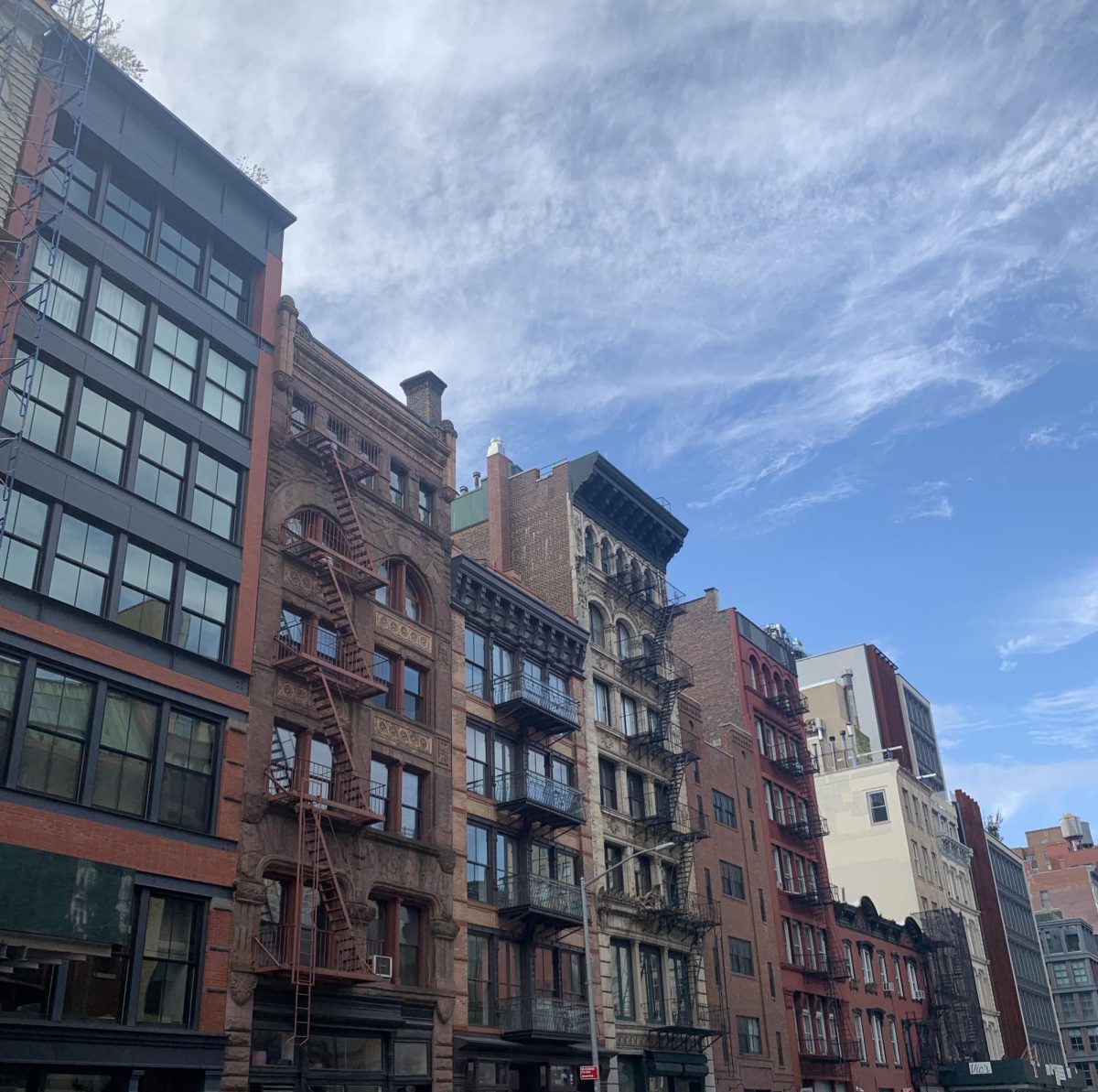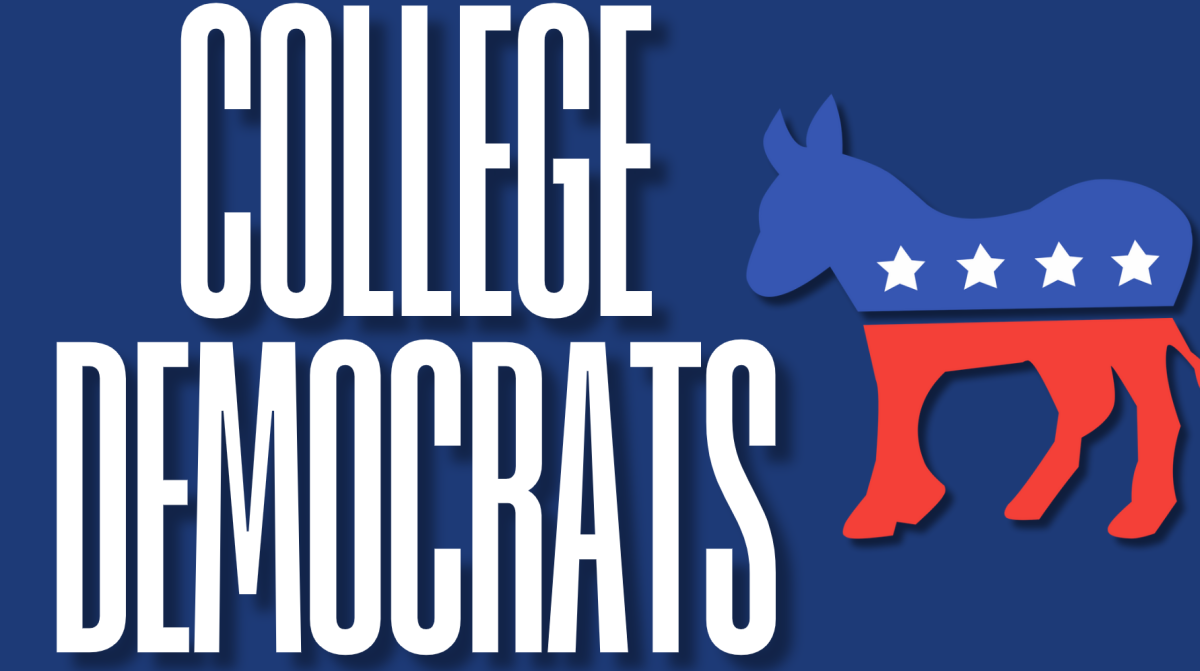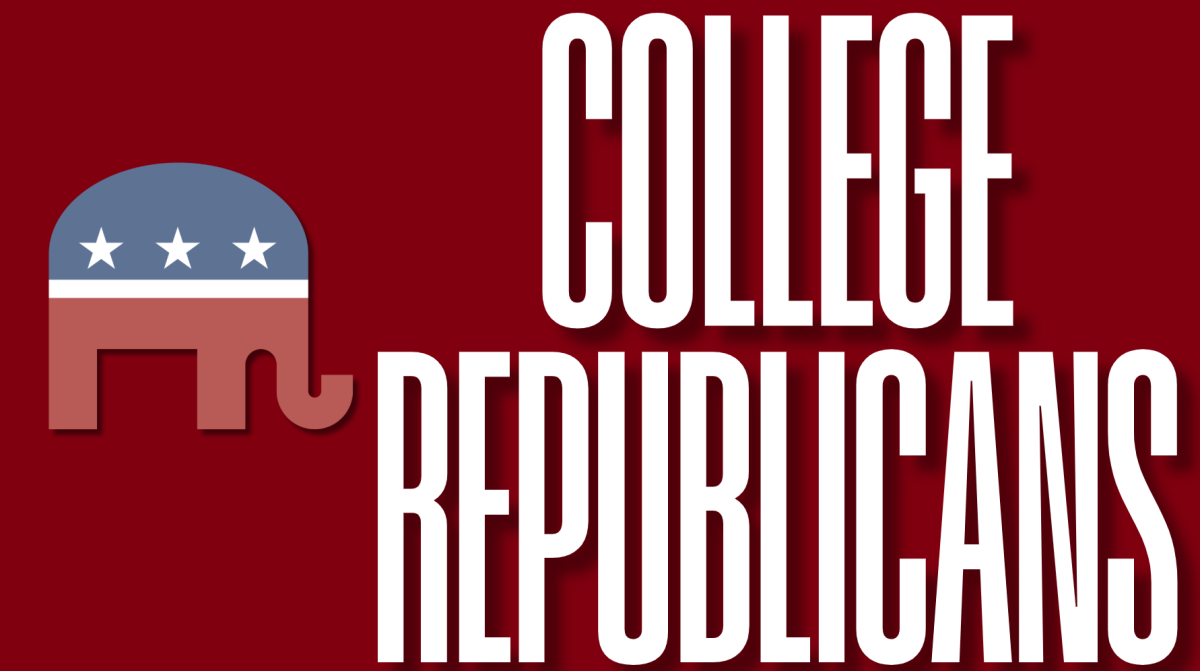When considering where New York City stands among the world’s great cities of today — London, Paris, Beijing, Moscow or Tokyo — the question can feel almost rhetorical and, for me, unserious when considering what “New York” is. New York is currently the global center of finance, a dominant American media culture and politics; the city occupies a unique place that renders comparisons superficial. New York, for better or worse, is today’s capital of the world.
Following World War II, the United States emerged as the world’s predominant superpower, a status cemented by NYC’s housing of the United Nations headquarters. Even before the U.N.’s formation in 1945, New York was already the birthplace of some of the world’s largest financial institutions, eclipsing London as the global financial hub during World War I and making Wall Street central to global capital flows. By the 1920s, the U.S. solidified its economic dominance through booming industries and financial institutions, to the point where New York’s Wall Street stock crash of 1929 led to a global stock market crash and caused a worldwide Great Depression. Despite the depression, New York’s rise continued in the lead-up to and through World War II, as London’s financial influence lessened due to wartime destruction from the Germans and crippling British debt to the United States. Washington D.C. may be the capital of the U.S., but in the post-Cold War world, New York symbolizes a self-aggrandizing “victorious” neoliberal global order. With the Soviet Union firmly in the rear-view mirror, New York embodies both the opportunities and inequalities of this new world order, led by the United States.
On one hand, New York still remains a beacon of opportunity. People from every corner of the globe flock to the city for its vibrant job market, world-class entertainment and fast-paced lifestyle. New York’s diversity — one of the most celebrated aspects of the city — gives it the cosmopolitan globalist spirit, where different cultures coexist in a mosaic of languages, cuisines and traditions. In this sense, New York captures the idealized version of globalization: a city where anyone, regardless of their background, can find their place and thrive. For many, to live or work in New York is to have “made it,” wholesale.
However, NYC is cripplingly expensive; despite its outward culturally enforced image of success, New York on nearly every street reveals a stark reality of the economic inequalities that define neoliberal America at large. New York is home to 13% of the nation’s homeless population. Manhattan is home to some of the world’s richest people, while 73% of renters earning under $50,000 are overburdened by ridiculous housing costs. This level of inequality, with a Gini coefficient of 0.5208 (a statistical measure of income, wealth or consumption inequality within a group or nation), places NYC on par with countries like Zambia and Suriname. Wealth in New York is increasingly concentrated at the top. Low-income workers, who earn around $40,000, have only seen their wages increase by $186 annually since 2019, while those earning $217,000 have seen a jump of over $5,000.
This duality defines New York’s identity. It’s a playground for the ultra-wealthy who influence global markets, yet it’s a city where many struggle to afford basic necessities. Rent burdens affect 51.9% of the city’s tenants. The lack of political will to enact meaningful reform exacerbates these issues. The hustle of the city often obscures the underlying contradictions, but for those willing to see, New York serves as a stark reminder that opportunity and inequity are intertwined in the global order.
While cities such as London, Paris or even Jerusalem can claim to rival New York in terms of history, advancement of culture or centrality of religion, the time in the spotlight for those cities has all ended or waned for various reasons and in different ways. None compare to the centrality of New York’s modern economic system, which is more apparent in today’s climate than any religion ever was. We live in an increasingly divided world, with China continuing its rise, a more prominent Iran, and Russia becoming more polarized against the West; still, no other nation can ever claim to be as powerful as the United States, for better or worse. New York is not simply a hub of its market activity but the beating heart of its empire — the West, a free world defined by a global market economy that, more often than not, prioritizes power, profits and capital over the well-being of ordinary people at home and more violently, abroad. In this sense, New York stands alone, not just in its prestige but in its role as a symbol of the broader forces shaping America’s world today.
If we are evaluating how New York stacks up against other global cities, the answer becomes clear: New York is incomparable. While Tokyo and Beijing may have more people and more expansive metros, Moscow’s may be cleaner and London’s banks may still be important. New York, though, is the linchpin of a system that is admired, critiqued, reviled and misunderstood. Neoliberal order faces increasing scrutiny; its appeal and strength are often portrayed as on the decline; the United States is becoming far more protectionist, flirting with isolationism, as it houses the world’s most global city.
New York’s importance goes beyond its geography or culture — it stands at the core of how the global system functions. And this system is built, for better or worse, through and often in spite of New York.
Andrew McDonald, FCRH ’26, is a history and political science major from Sacramento, Calif.










































































































































































































